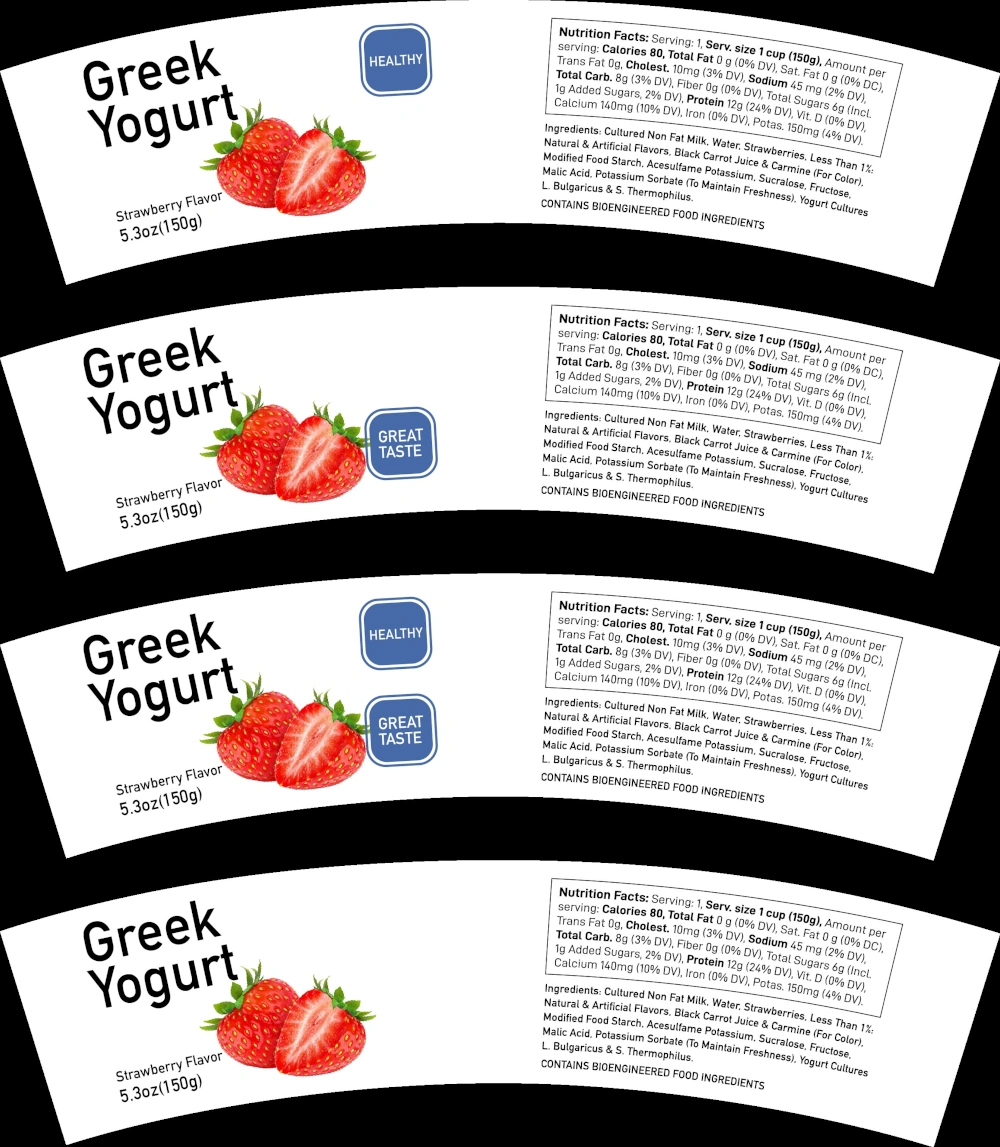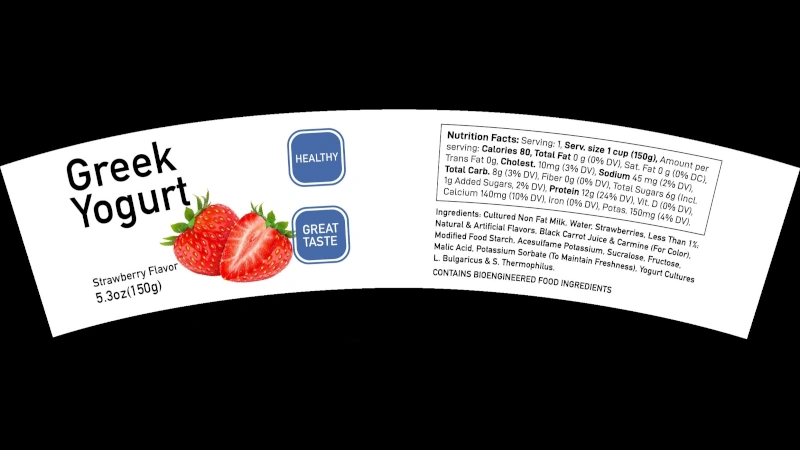Some food labels designed to nudge Americans toward healthier food choices can have the opposite effect, new University of Florida research shows.
The study is particularly compelling because it comes as the U.S. Food and Drug Administration weighs whether to require front-of-package food labels. Through a newly proposed rule, the agency introduced labels highlighting saturated fat, sodium and added sugar. Each value on the labels, a percent of the recommended daily value, corresponds to one of three levels: low, medium and high.
The UF/IFAS study, published in the journal Food Policy, examined front-of-package labels professing the contents inside as “healthy.” Researchers found the labels decreased consumers’ willingness to pay for yogurt unless the claim was supported by FDA backing and an explanation about the agency’s criteria for the designation.
“This research highlights the importance of helping consumers understand what a label means,” said study author Jianhui “Jeffrey” Liu, a doctoral candidate in the UF/IFAS food and resource economics department.
Liu and his team asked 308 subjects to review front-of-package label designs for strawberry Greek yogurt and indicate how much they were willing to pay for it. One package design included a “healthy” label, one included a “great taste” label, one included both labels and the last design, the control, did not feature either label.

Respondents indicated their willingness to pay for yogurt featuring these four labels. Credit: Jianhui Liu
Compared to the control, respondents were willing to spend 18% less for the “healthy” yogurt and 25% less for the yogurt labeled both “healthy and “great taste.” “Great taste” labels presented alone, however, did not positively or negatively affect respondents’ willingness to pay.
The findings suggest health labels might evoke a perception of compromise on taste and indulgence.
“Simply putting ‘healthy’ on a product may not be enough — it can even backfire if consumers are left wondering what qualifies the food as healthy or if they associate the label with less desirable attributes, such as poor taste,” Liu said.
Notably, the negative discount associated with the “healthy” label was mitigated when accompanied by the following text: “The product you have just observed features a ‘healthy’ symbol. This label indicates that the product meets the FDA’s proposed criteria for being designated as ‘healthy,’ which specifically requires the product to be low in saturated fat, added sugar and sodium.”
Although consumers may be confused or skeptical about health claims, their perceived credibility of authoritative sources influences their behavior, according to the study.
Liu hopes the study can help policymakers and food industry professionals design effective package labels that empower consumers to make informed decisions about the food they eat.
“This research supports a cultural shift toward healthier eating patterns, improving the health and well-being of the nation while reducing the burden of diet-related diseases,” Liu said. “It has the potential to impact every consumer and food manufacturer in the country by setting the stage for more transparent, effective and impactful public health interventions.”
The post Nutrition labels meant to promote healthy eating could discourage purchases, UF/IFAS study shows first appeared in the University of Florida Institute of Food and Agricultural Sciences News Blog.
Written by: Megan Winslow, Public Relations Specialist, UF/IFAS
Megan grew up in Gainesville and graduated from the University of Florida College of Journalism and Communications. She enjoys photography, swing dancing and classic rock music. She is a huge fan of Tom Petty.
The mission of the University of Florida Institute of Food and Agricultural Sciences (UF/IFAS) is to develop knowledge relevant to agricultural, human and natural resources and to make that knowledge available to sustain and enhance the quality of human life. With more than a dozen research facilities, 67 county Extension offices, and award-winning students and faculty in the UF College of Agricultural and Life Sciences, UF/IFAS brings science-based solutions to the state’s agricultural and natural resources industries, and all Florida residents.



